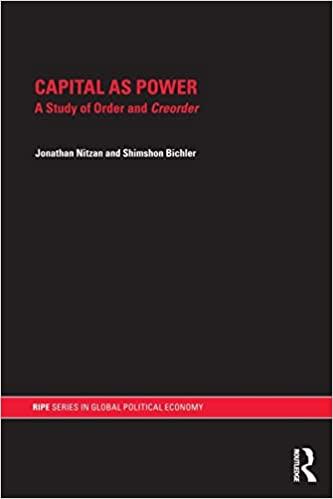Question
1. Beta and CAPM Currently under consideration is an investment with a beta, b, of 1.50. At this time, the risk-free rate of return, RF,
1. Beta and CAPM Currently under consideration is an investment with a beta, b, of 1.50. At this time, the risk-free rate of return, RF, is 7%, and the return on the market portfolio of assets, rm, is 10%. You believe that this investment will earn an annual rate of return of 11%.
a. If the return on the market portfolio were to increase by 10%, what would you expect to happen to the investments return? What if the market return were to decline by 10%?
b. Use the capital asset pricing model (CAPM) to find the required return on this investment.
c. On the basis of your calculation in part b, would you recommend this investment? Why or why not?
d. Assume that as a result of investors becoming less risk averse, the market return drops by 1% to 9%. What effect would this change have on your responses in parts b and c?
2. Beta coefficients and the capital asset pricing model Suppose you are wondering how much risk you must undertake to generate an acceptable return on your investment portfolio. The risk-free return currently is 3%. The return on the overall stock market is 12%. Use the CAPM to calculate how high the beta coefficient of your investment portfolio would have to be to achieve each of the following expected portfolio returns.
a. 13%
b. 25%
c. 16%
d. 18%
e. Assume you are averse to risk. What is the highest return you can expect if you are unwilling to take more than an average risk?
Step by Step Solution
There are 3 Steps involved in it
Step: 1

Get Instant Access to Expert-Tailored Solutions
See step-by-step solutions with expert insights and AI powered tools for academic success
Step: 2

Step: 3

Ace Your Homework with AI
Get the answers you need in no time with our AI-driven, step-by-step assistance
Get Started


